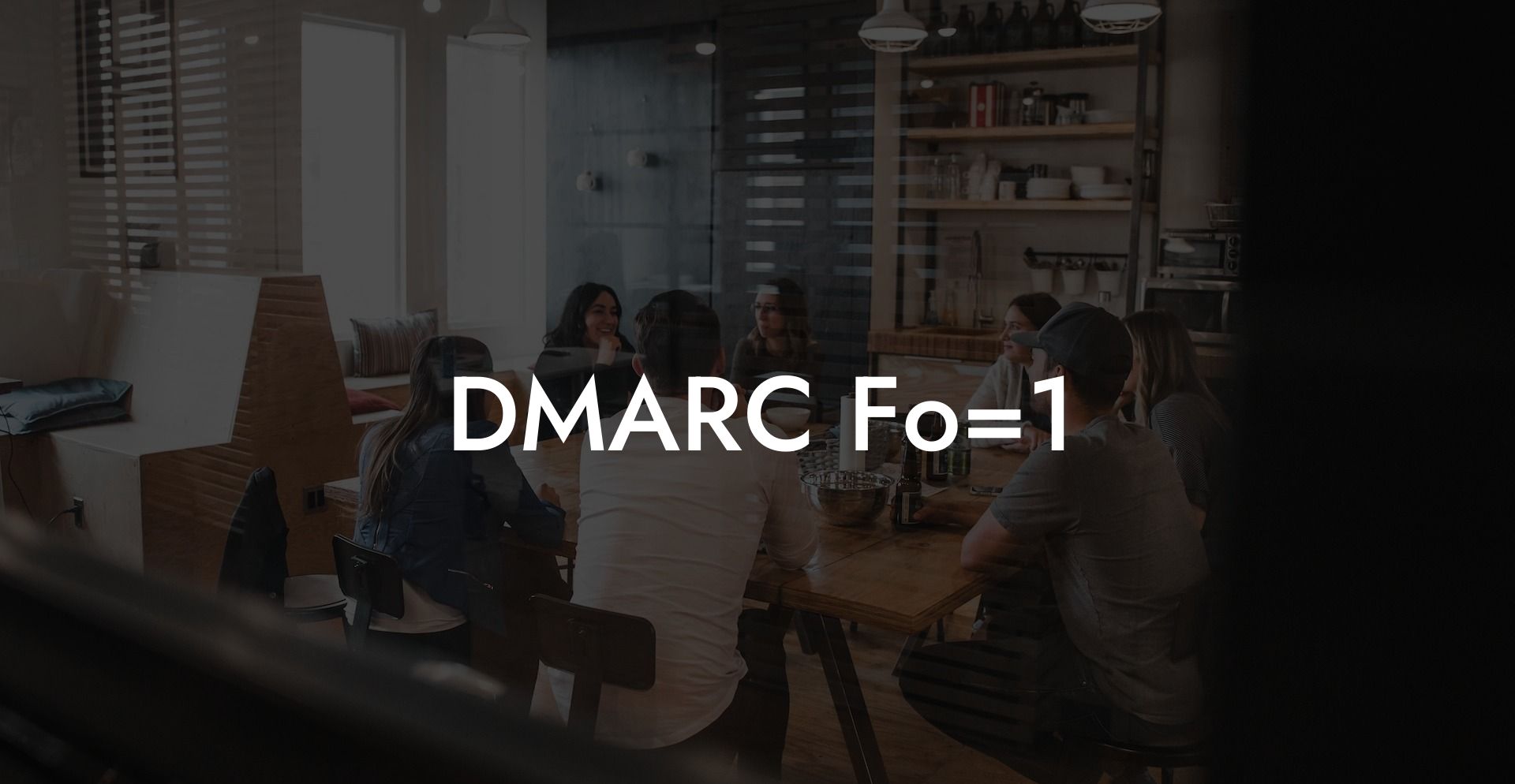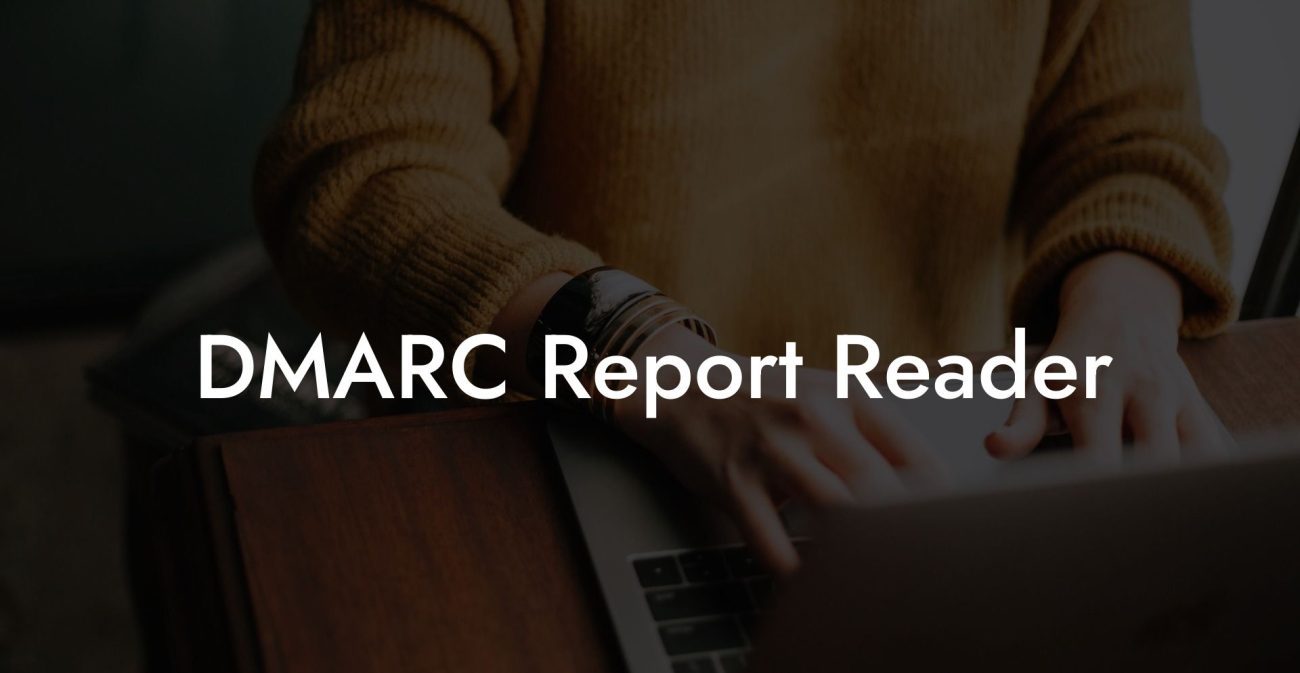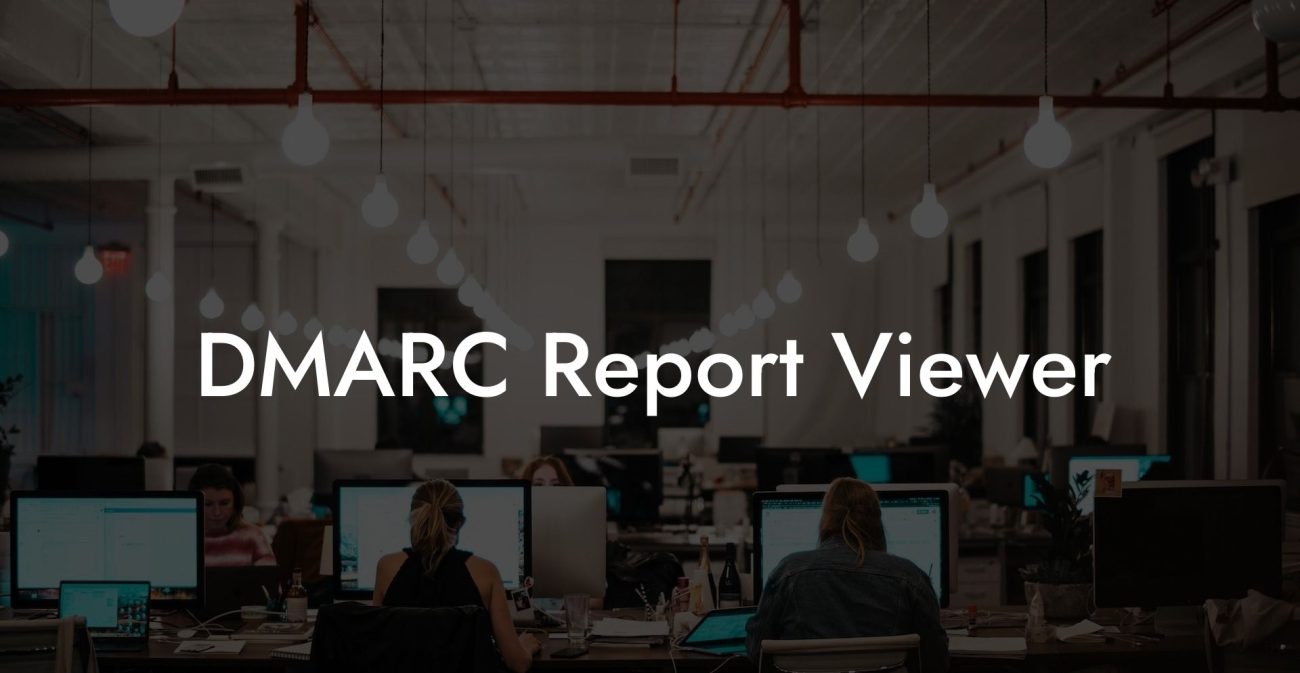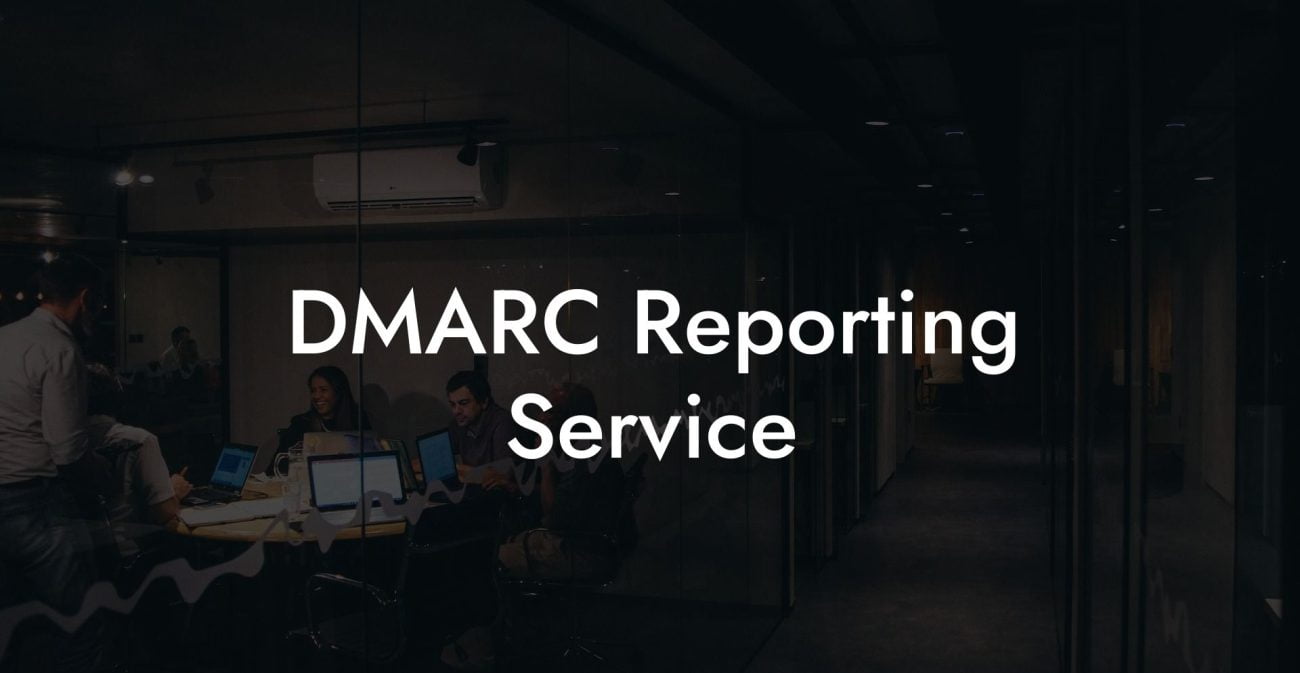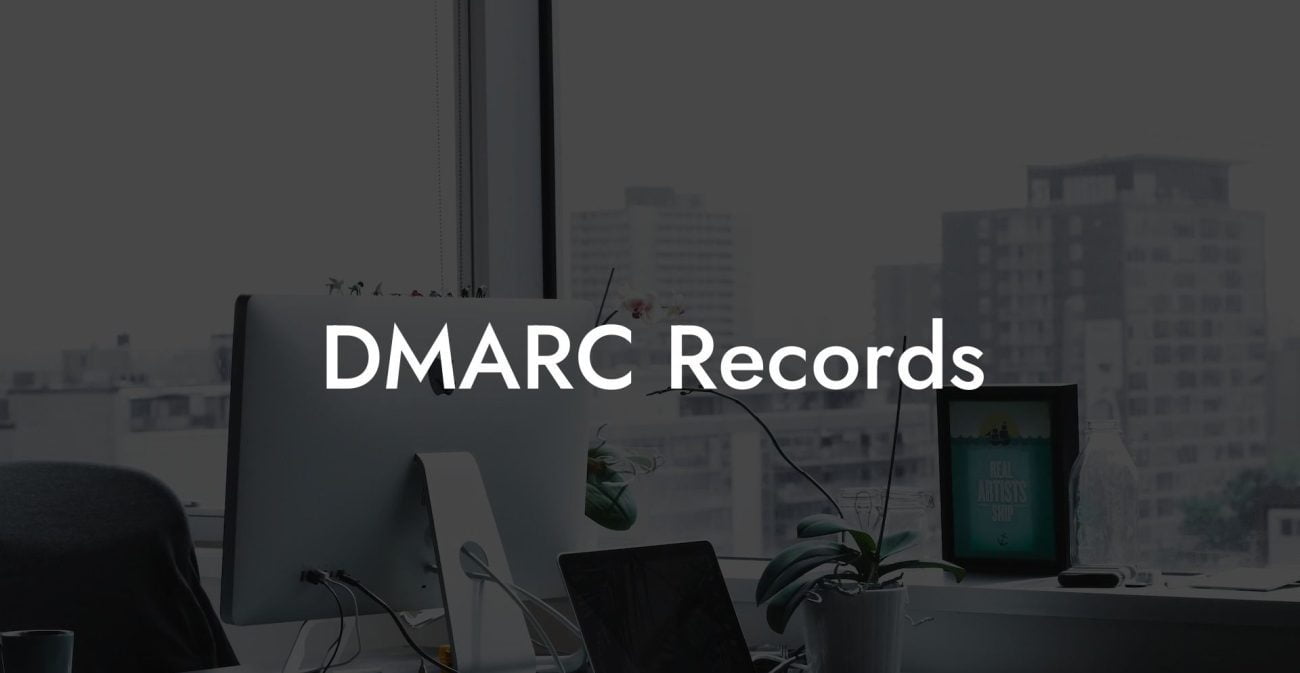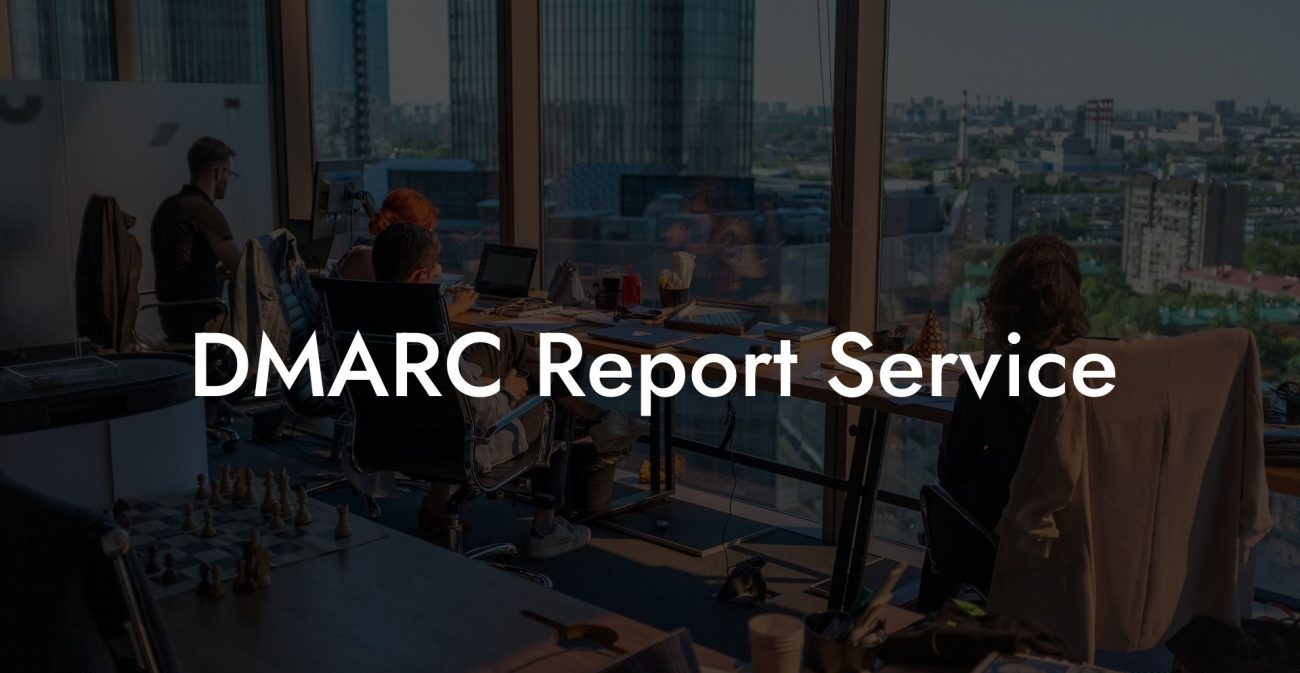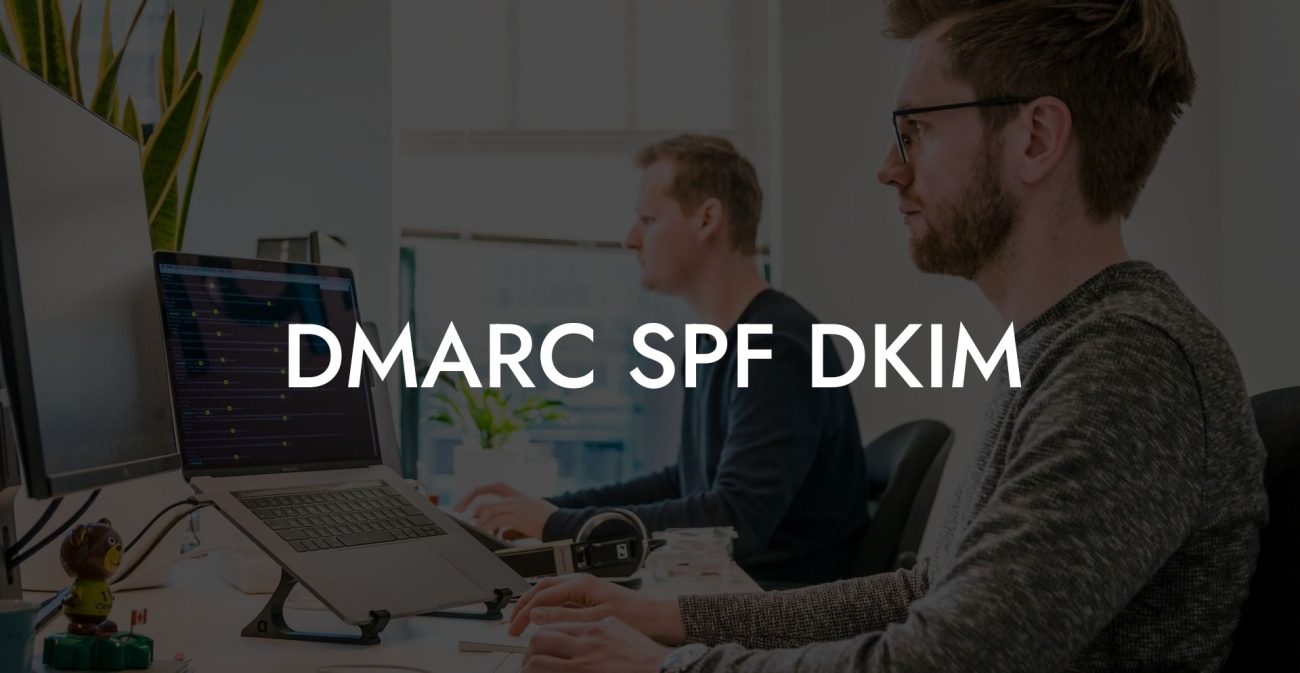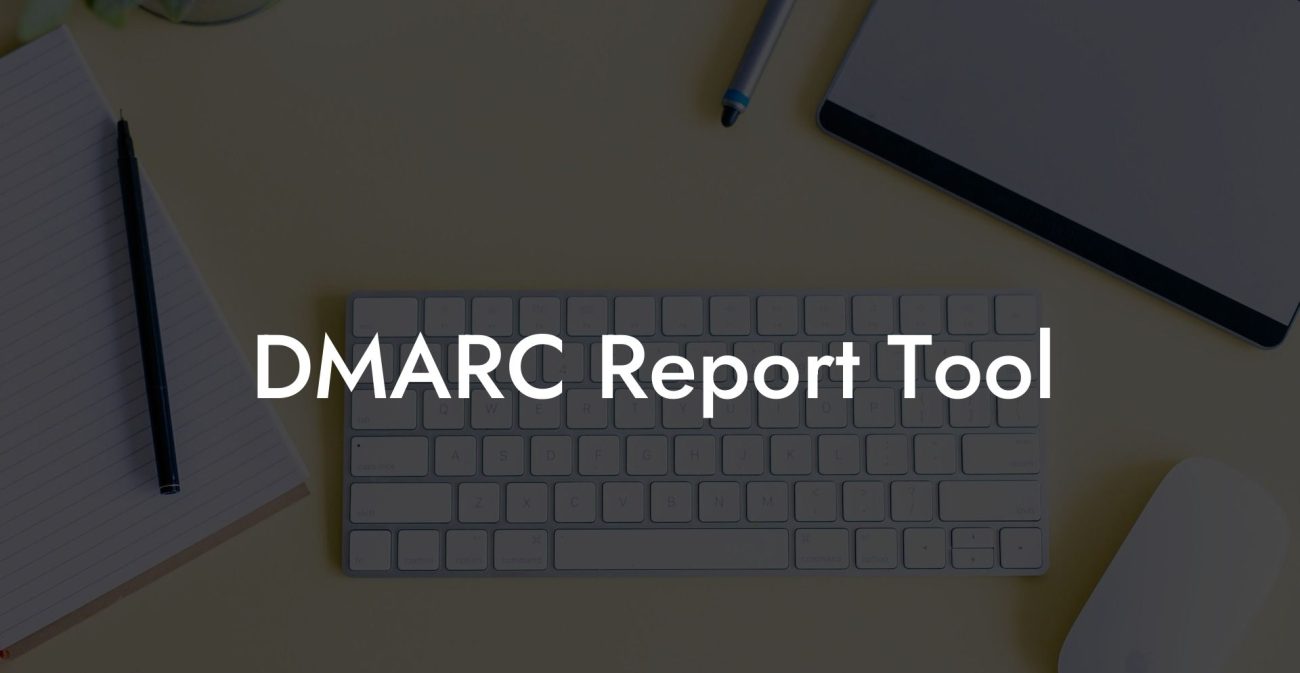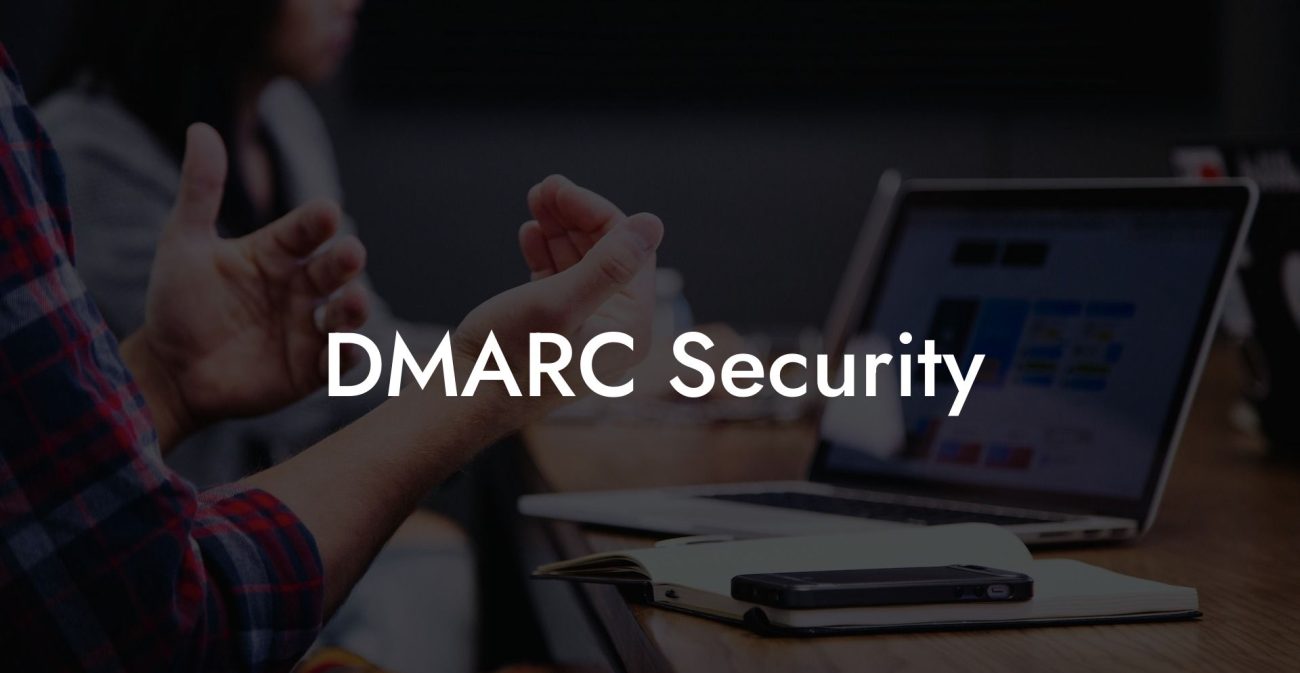As cyber threats continue to evolve, protecting your organization's email and digital communications is more important than ever. One crucial tool in this battle against cybercrime is DMARC. In this comprehensive guide, we'll explore the DMARC Fo=1 policy, its significance, and how it can help safeguard your email system against voice phishing and other email-based attacks.
Understanding DMARC and its Importance
Domain-based Message Authentication, Reporting, and Conformance (DMARC) is an email authentication and reporting protocol designed to mitigate the risks associated with email spoofing and phishing attacks. Given that phishers often forge email addresses to deceive recipients into believing that an email is from a trusted source, implementing DMARC is an essential component of any robust email security strategy.
How DMARC Works
Protect Your Data Today With a Secure Password Manager. Our Top Password Managers:
The DMARC protocol combines two widely-used email authentication methods, SPF (Sender Policy Framework) and DKIM (DomainKeys Identified Mail), to verify that an email is genuine. DMARC checks whether an email message passes SPF and DKIM authentication tests and whether the message aligns with the domain specified in the "From" field of the message. If the email fails these checks, DMARC policy dictates how the receiving Mail Transfer Agent (MTA) should handle the message.
Introduction to DMARC Policies
DMARC policies are essentially instructions provided by the domain owner on how the recipient's email server should handle unauthenticated messages. There are three possible DMARC policies:
- None (p=none): No specific action is taken on the unauthenticated messages, but DMARC reports are sent to the domain owner to analyze authentication failures.
- Quarantine (p=quarantine): Unauthenticated messages are delivered but marked as spam or placed in a separate folder, based on the recipient's email client settings.
- Reject (p=reject): Unauthenticated messages are rejected, and the message is not delivered to the recipient's inbox.
DMARC Fo=1 Policy Explained
The "fo" in DMARC Fo=1 stands for "failure option" and is an optional DMARC tag that determines under what circumstances the sender should receive DMARC failure reports. There are four possible options:
- 0 (fo=0): Send a report if both DKIM and SPF tests fail.
- 1 (fo=1): Send a report if either DKIM or SPF tests fail (default option).
- s (fo=s): Send a report if SPF test fails.
- d (fo=d): Send a report if DKIM test fails.
Implementing the DMARC Fo=1 policy ensures that the sender receives reports for each and every authentication failure, whether it involves DKIM or SPF. This allows for quicker identification and resolution of email delivery issues.
DMARC Fo=1 Example:
Let's consider a practical example of how the DMARC Fo=1 policy works. Imagine that your organization, example.com, has published the following DMARC record:
v=DMARC1; p=reject; rua=mailto:dmarc_reporting@example.com; fo=1;
In this record, the domain is specifying a DMARC policy of "reject" for unauthenticated messages, meaning that any email failing both SPF and DKIM checks should be rejected by the recipient's email server. Additionally, the fo=1 tag indicates that a DMARC failure report should be sent to the specified email address if either the DKIM or SPF tests fail.
Now, let's assume that a phishing email is sent to a recipient, posing as an email from example.com. The recipient's email server will perform DMARC validation checks by verifying the SPF and DKIM standards. If either test fails, a DMARC failure report will be sent to the specified reporting address, allowing the domain owner of example.com to identify and investigate the issue early on.
In summary, implementing the DMARC Fo=1 policy is an effective way to enhance your organization's email security and defend against voice phishing attacks. By receiving detailed reports for each authentication failure, domain owners can quickly identify and rectify email spoofing attempts, helping to safeguard your organization's digital reputation and empower email recipients to trust your brand. If you found this guide helpful, be sure to share it with your network and consider exploring our other resources on Voice Phishing for in-depth knowledge on various cybersecurity topics.
Protect Your Data Today With a Secure Password Manager. Our Top Password Managers:

